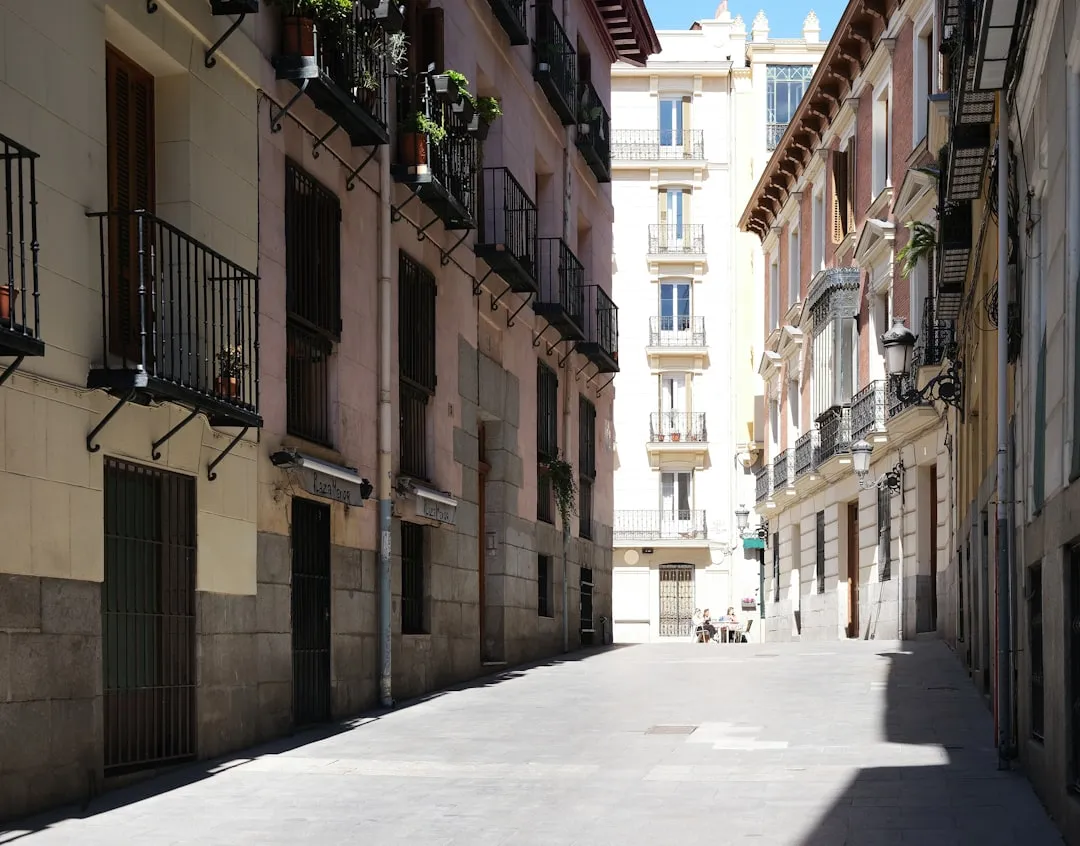Moving to Spain is an exciting step, but arranging utilities like electricity, gas, water, and internet can feel overwhelming, especially if you're unfamiliar with the process. Whether you're renting or buying a home, this guide will help you navigate the steps to set up essential utilities in Spain quickly and efficiently.
Understanding Utilities in Spain
Utilities in Spain are managed by a mix of public and private companies. Here’s a breakdown of the main services you’ll need to arrange:
- Electricity (Electricidad)
- Gas (Gas)
- Water (Agua)
- Internet and Telephone (Internet y Teléfono)
- Waste Collection (Recogida de Basura)
Each utility might require dealing with a different provider, and the process can vary depending on whether you’re starting new services, transferring accounts, or reactivating them.
Step 1: Gather the Necessary Documents
Before contacting utility companies, ensure you have these key documents:
- Personal Identification: Passport or Spanish ID (NIE/TIE).
- NIE (Número de Identidad de Extranjero): Your foreigner identification number, required for most contracts in Spain.
- Proof of Address: A rental contract, property deed, or utility bill from the previous tenant.
- Bank Account Details: For setting up direct debit payments (the most common method).
- Meter Readings: Record the current readings for electricity, gas, and water if applicable.
Step 2: Set Up Electricity and Gas
Electricity and gas services in Spain are often managed separately, though some companies offer combined contracts.
a. Choose a Provider
Spain's energy market is liberalized, so you can choose between regulated (PVPC for electricity and TUR for gas) or private market providers. Common companies include:
- Endesa
- Iberdrola
- Naturgy
- Repsol
b. Contact the Provider
Reach out to the company by phone, online, or in person. You’ll need to provide:
- Your personal details (including NIE).
- The CUPS number (Código Universal del Punto de Suministro), a unique code for your property’s energy connection, found on previous bills or near the meter.
- Bank details for billing.
c. Wait for Activation
If the service is active, the transfer usually takes 1–2 business days. If reactivation is needed, it might take up to 7 days for electricity and 10–12 days for gas. A technician may visit for reactivation.
Step 3: Connect Water Services
Water supply in Spain is managed at the municipal level. Here’s how to set it up:
- Locate the Local Provider: Your landlord or real estate agent can tell you the name of the municipal water company (e.g., Canal de Isabel II in Madrid, EMAYA in Palma de Mallorca).
- Contact the Provider: Submit your identification, proof of residence, and meter readings (if applicable).
- Set Up Billing: Most water companies offer bi-monthly or quarterly billing. Direct debit is the most convenient option.
Water activation is typically quick, often completed within a few days.
Step 4: Arrange Internet and Telephone Services
Spain has many internet providers offering fiber-optic, DSL, or mobile broadband services. Popular providers include:
- Movistar
- Vodafone
- Orange
- MásMóvil
a. Check Availability
Internet speed and connection types vary by location, especially in rural areas. Check provider websites to see available services at your address.
b. Sign a Contract
Provide your NIE, proof of address, and bank details. Installation can take 5–14 days, depending on the provider and whether a technician is needed.
Step 5: Set Up Waste Collection
Waste collection is managed by your local municipality (Ayuntamiento). To arrange it:
- Register for the Waste Tax (Tasa de Basura): This tax is mandatory for all residents and is usually based on property size. Contact your Ayuntamiento to register.
- Understand Recycling Rules: Spain has strict recycling guidelines. Municipalities typically provide color-coded bins for different waste types (e.g., yellow for plastics, blue for paper).
Tips for a Smooth Setup
- Ask for Help: If you face language barriers or bureaucracy issues, ask your landlord or relocation agent for assistance.
- Compare Providers: Rates for electricity, gas, and internet vary, so shop around for the best deal.
- Check Existing Accounts: If the previous tenant left active accounts, you can often transfer them to your name instead of starting a new contract.
- Use Online Portals: Most providers have online platforms or apps to manage bills and monitor usage.
FAQs
Q: How long does it take to set up utilities in Spain? A: Electricity and gas can take 1–12 days, internet installation 5–14 days, and water setup 1–3 days, depending on the region and provider.
Q: Can I transfer utilities from the previous tenant? A: Yes, if services are active, you can request a name change. This is often quicker and easier than setting up a new contract.
Q: Are deposits required? A: Some companies may ask for a deposit, especially if you’re renting or new to Spain. Deposits are usually refundable when you cancel the service.
Conclusion
Setting up utilities in Spain doesn’t have to be stressful. With proper preparation and the right documents, you can quickly arrange electricity, gas, water, internet, and waste collection for your new home.
If you need extra help navigating the process or have questions about life in Spain, don’t hesitate to reach out—we’re here to make your relocation as seamless as possible!




